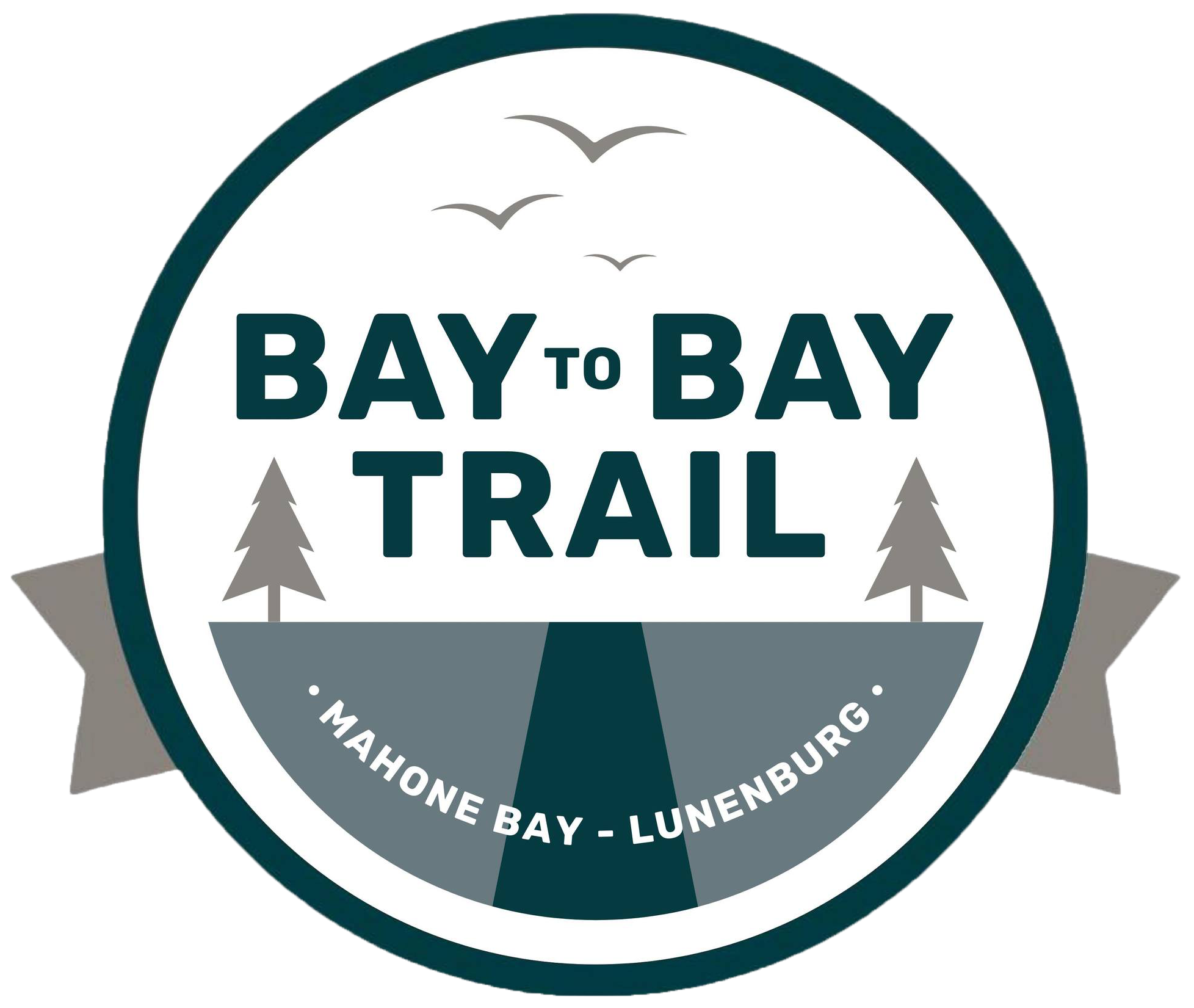Wetlands.
The Beauty and Value of Wetlands along the Bay to Bay Trail
Wetlands, especially marshes with slow moving water like the sizable one found within the Bay to Bay Trail, are essential natural ecosystems that support wildlife species, store carbon, reduce flooding, decelerate forest fire, provide recreation and cultural services, and clean both water and the air.
If developed today, a shared-use trail like the Bay to Bay would be designed to go around a large marsh like this one, to protect the sensitive habitat. As the Bay to Bay Trail is an adapted railway, the rail bed was built directly through the marsh before the importance of wetlands was widely known.
That the Bay to Bay trail transects a marsh means it provides a rare opportunity for trail users to experience the peace and beauty of being within a productive wetland. That the trail cuts through and near numerous natural wetlands also means we have heightened responsibility as trail users to tread lightly as we go.
Our well-loved Bay to Bay Trail also meanders through the habitat of two threatened turtle species in Nova Scotia, the Eastern Painted turtle and Snapping turtle. Please keep an eye out and give space for these slow-moving, increasingly rare creatures as you use the trail.
We also invite you to reflect on the Mi’kmaq who have resided in this region since ancestral times, and consider a two-eyed seeing approach as you enjoy the beauty around you.

“Wetlands may look quiet and peaceful, but there’s more going on than meets the eye. This system of plants, water and sediments is hard at work filtering pollutants and toxins that flow into the wetland from the surrounding area. Undisturbed wetlands can transform polluted water into life-sustaining clean water with no other inputs than the sun’s energy.”
– Excerpt, Wetlands Nature Trail Guide Last Mountain Lake National Wildlife Area. Environment and Climate Change Canada, 2021
The Marsh and Wetland Interpretive Panels
In an effort to bring attention to the sensitive habitat and abundance of wetlands within the vicinity of the Bay to Bay trail, three Board members (Wanda Baxter, Lyn Fleck and Merrilynn Swinimer-Wilson) formed a wetland committee and initiated the Bay to Bay Wetlands Stewardship and Interpretation Project in 2023. Developed in partnership with Coastal Action and Mi’kmaq Knowledge Keeper Shawn Feener, one aspect of the project was the creation of Wetland Interpretive Panels (installed in May, 2025).
The panels are beautifully designed by MBLEM design, and the educational panels incorporate a two-eyed seeing approach along with Mi’kmaq terms for many of the species depicted. The panels are located just north of the Bay to Bay Marsh (2.3 km south of the Fauxburg Road parking area), and were created to promote awareness and stewardship of the sensitive wetland habitat in the vicinity of the Bay to Bay Trail.
The second aspect of the project was to engage Mahone-based environmental organization Coastal Action to research and write a report on how to maintain trail in sensitive habitats. The full report, Trail Maintenance in Sensitive Wetland Habitat is available here: (link to PDF of report)
The final section of the report, Recommendations for Trails Boards and Maintenance Crew for working in sensitive wetland areas, is available here.
Recognition
This project was created in recognition of the many volunteers who developed and steward the trail since it was transformed from rail-to-trail in 1999. It recognizes, in particular, long-time Chair of the Board, Chris Gill. An artist and nature lover, Chris’s artwork is also featured on this panel. We are also grateful for the guidance and contribution of Mi’kmaq Knowledge Keeper Shawn Feener for his invaluable input and instruction in two-eyed seeing.
Funders
The wetland project received support in 2024 from the Nova Scotia Recreation Community Development Grant (RCDG) through the Province of Nova Scotia. We have been pleased to work in partnership with the excellent and supportive staff of the Department of Communities, Culture, Tourism, and Heritage. This project also received funding from the venerable TD Friends of the Environment Foundation. Thank you to our funders and our partner Coastal Action for seeing the value in this work.

